Brief
In Bangladesh, for months at a time, monsoon season brings heavy rainfall to the country. In fact, approximately 80% of Bangladesh’s yearly rainfall will occur from June to October, and by the end of monsoon season, almost one third of the country is underwater. Dhaka (Bangladesh) is the ninth-largest and sixth-most densely populated city in the world with 23,234 people per square kilometer. The a population of 21,006,000 people will increase to 28.080.000 by 2030. So by that time, there will be the lack of empty spaces for people to accommodate since the city will be mostly underwater. The project “Urban Jungle” aims to create a possiblity to let people design their accommodations and public spaces with the help of drone and VR technology under these circumstances.
Context:
Dhaka is the ninth-largest and sixth-most densely populated city in the world with 23,234 people per square kilometer. The a population of 21,006,000 people will increase to 28.080.000 by 2030.
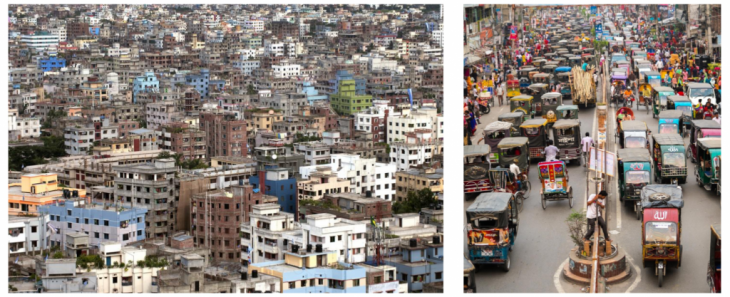
Dhaka, Bangladesh
For months at a time, monsoon season brings heavy rainfall to the country. In fact, approximately 80% of Bangladesh’s yearly rainfall will occur from June to October, and by the end of monsoon season, almost one third of the country is underwater.
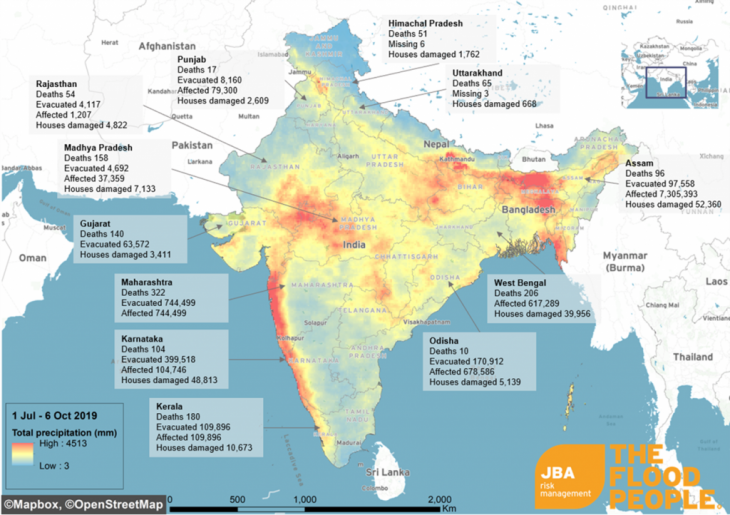
The effects of the monsoon flooding in India, Bangladesh and Nepal from 1 July 2019 – 6 October 2019. (Data source: ReliefWeb, 2019; NASA PPM, 2019) (JBA Risk Management Limited™).
Because of all these facts, there will be a need for new accommodation strategies that comes up with level-rising solutions.
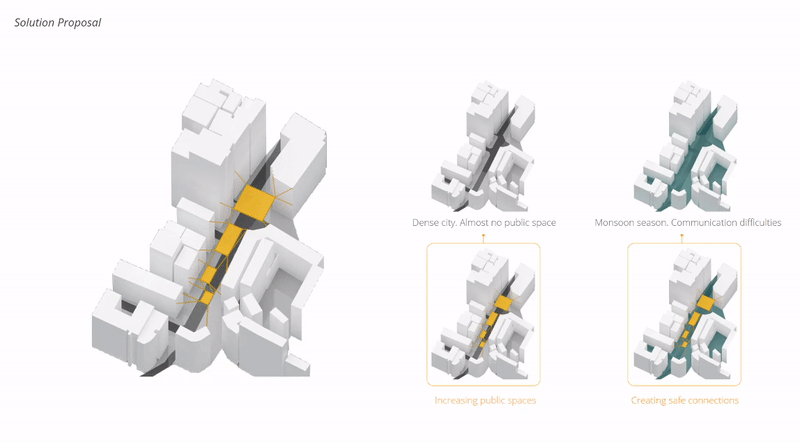
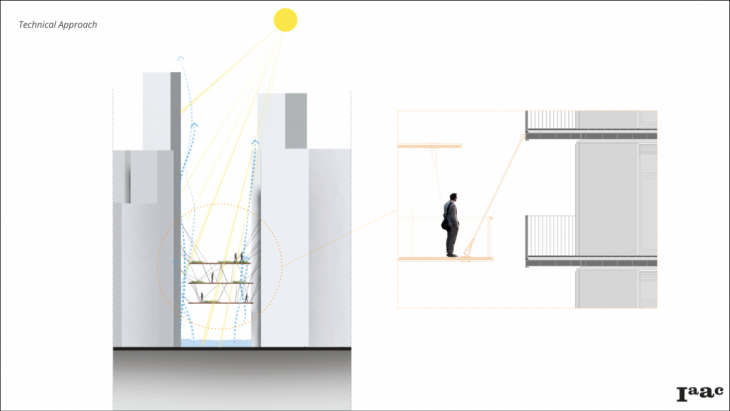
The project “Urban Jungle” aims to create a possiblity to let people design their accommodations and public spaces with the help of drone and VR technology under these circumstances.
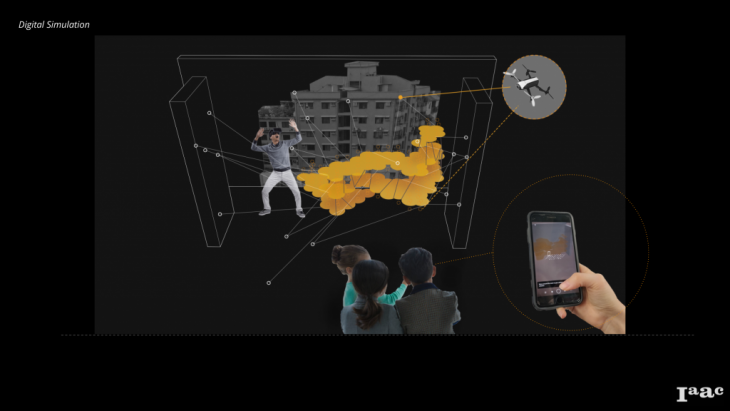
First step for the design is choosing the anchoring points on the facades of the buildings with a controller while the drone is flying around the buildings. Then drone should be flight in the middle of the buildings that have anchors points so the points will be scooped in order to scan the empty space. With the algorithm that created, planar surfaces in different levels will be created with using the points that scooped in the previous step. The algorithm will be connecting the surfaces and anchoring points by itself but the structural, circulation and overall design connections can be decided by the user by clicking on the possible connection points in the VR view.
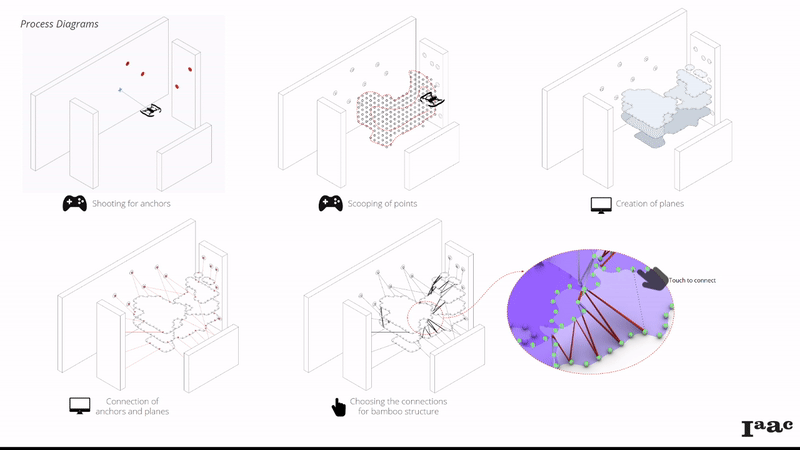
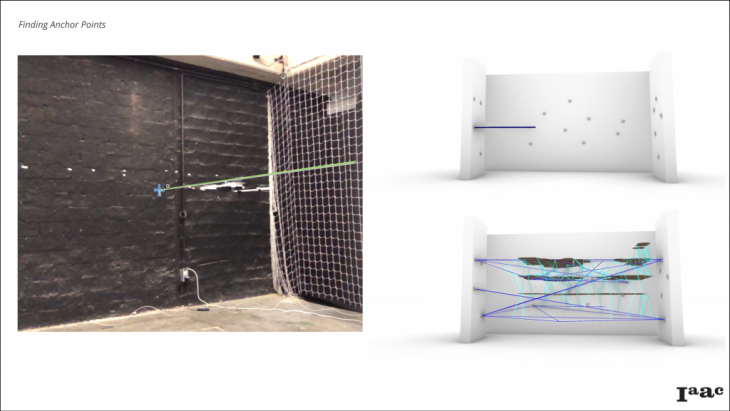
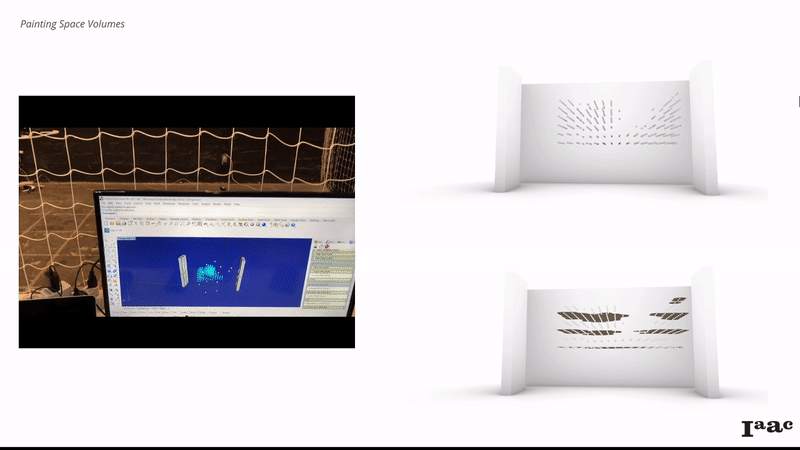
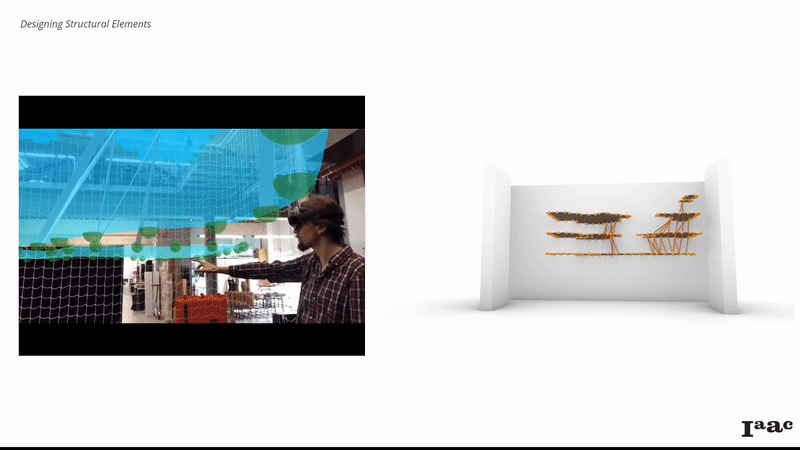
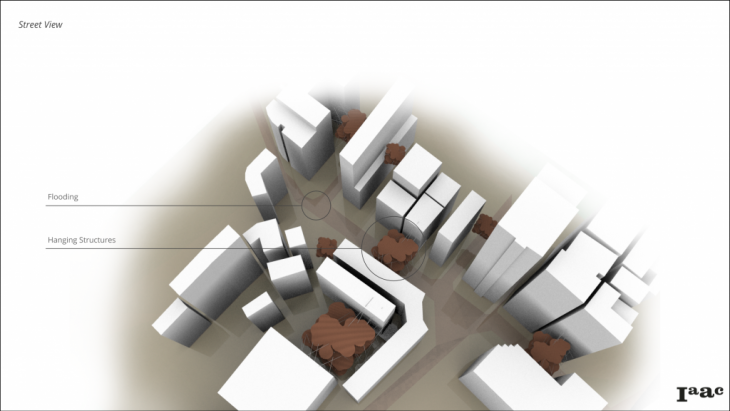
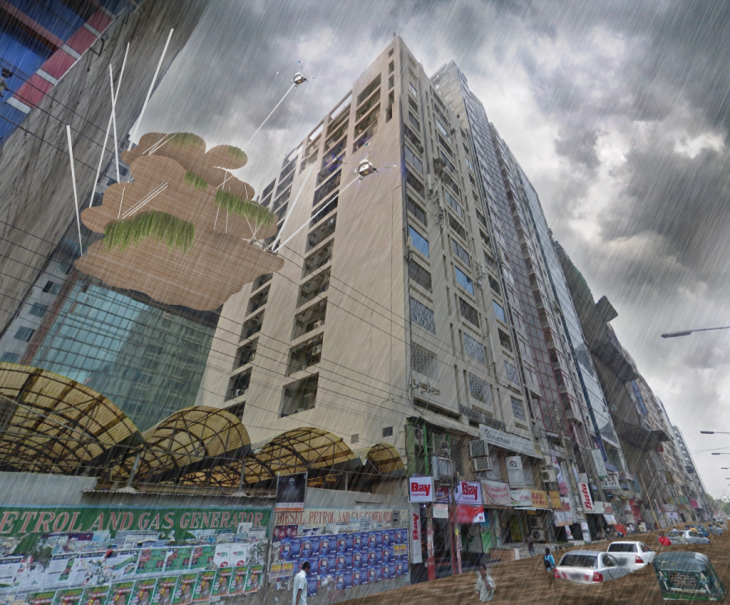
Urban Jungle is a project of IaaC, Institute for Advanced Architecture of Catalonia developed at Masters of Robotics and Advanced Construction in 2019-2020 by Students: Anna Batallé, Irem Yagmur Cebeci, Gjeorgjjia Lilo, Matthew Gordon, Faculty: Keith Kaseman (GT Spatial Futures Lab), Faculty Assistant: Soroush Garivani, Daniela Marquez (GT Spatial Futures Lab)